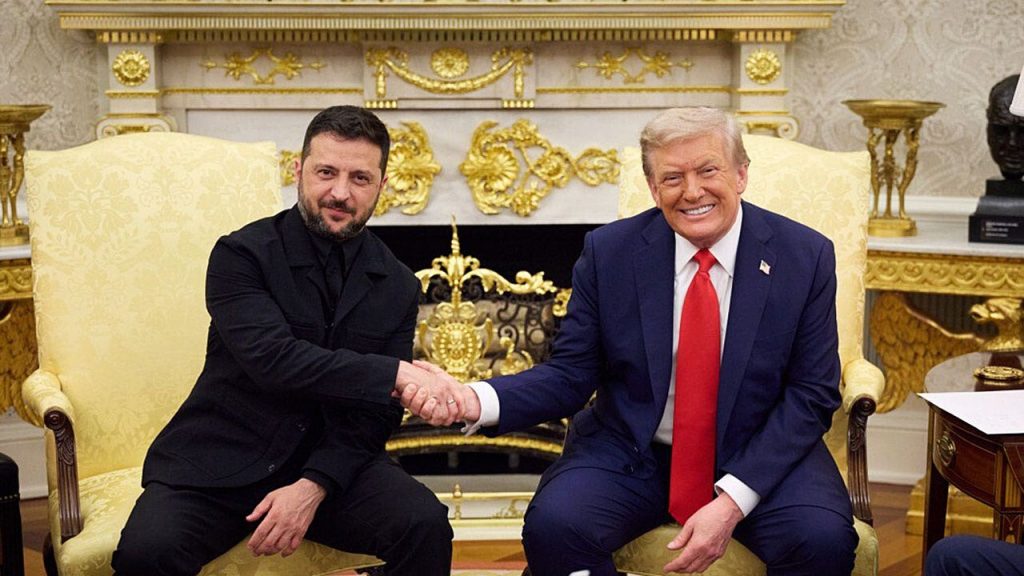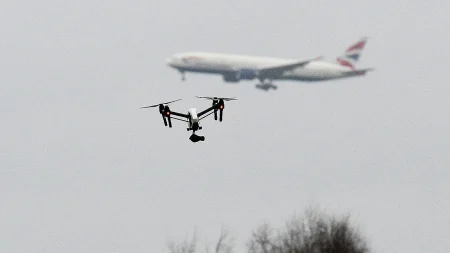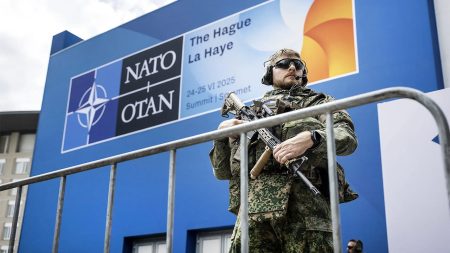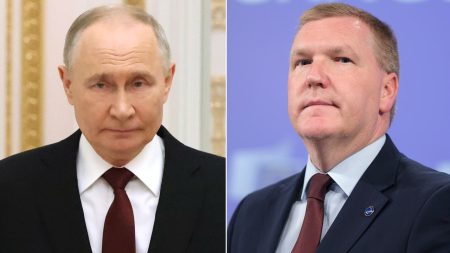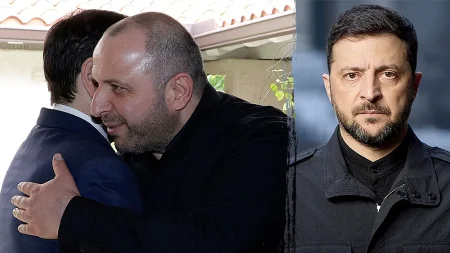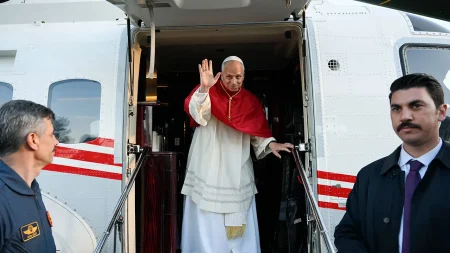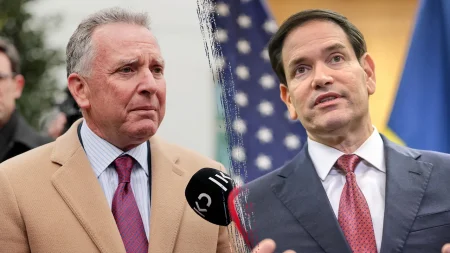Trump, Zelenskyy Meeting at White House Amidst Delicate Russian Relations
In a significant diplomatic move, President Donald Trump and Ukrainian President Volodymyr Zelenskyy are scheduled to meet at the White House on Friday to discuss crucial defensive strategies and equipment to counter Russia’s ongoing war against Ukraine. This high-stakes meeting follows just one day after Trump held a phone conversation with Russian President Vladimir Putin, creating a complex diplomatic triangle at a critical moment in the conflict. Zelenskyy arrives in Washington with clear priorities – securing enhanced defensive capabilities for Ukraine amid Russia’s relentless bombardment of civilian infrastructure, including cities, energy facilities, and hospitals. At the top of Ukraine’s wishlist is the American Tomahawk missile, a sophisticated long-range cruise missile with the capability of striking deep into Russian territory, potentially as far as Moscow itself. Such weaponry would significantly expand Ukraine’s strike capabilities, allowing it to target not only Russian military installations but also the oil industry that largely finances Putin’s war effort.
Security experts caution against viewing any single weapons system as a silver bullet solution. John Hardie of the Foundation for Defense of Democracies emphasizes that countering Russia’s aggression requires a multifaceted approach. This strategy must combine enhanced missile capabilities for Ukraine with economic pressure on Russia through sanctions targeting its oil industry and defense complex, while simultaneously better equipping Ukrainian forces on the front lines. The fundamental goal, according to Hardie, must be to “exhaust the Russian military’s offensive potential” and disabuse Putin of his apparent belief that he can simply outlast Ukrainian resistance through a war of attrition. While the Tomahawk missiles have captured headlines due to their impressive range and payload capabilities, experts point out that other systems might serve Ukraine’s immediate needs more efficiently and cost-effectively.
Alternative options include the Extended-Range Attack Munition (ERAM), a more affordable long-range cruise missile specifically designed for Ukraine’s use, with deliveries scheduled to begin in October. Defensive systems like Patriot batteries also remain crucial for protecting Ukrainian territory against Russia’s constant missile and drone attacks. These practical considerations will likely form a significant portion of the discussions between Trump and Zelenskyy as they weigh military necessity against geopolitical implications. The meeting comes at a particularly sensitive moment, as Trump reported making “great progress” in his Thursday phone call with Putin, though he provided few specifics about what this progress entailed.
The phone conversation between Trump and Putin appears to have laid groundwork for another in-person meeting between the two leaders, this time scheduled to take place in Hungary. While Trump mentioned discussing U.S.-Russia trade during the call, he notably did not specify whether U.S. aid to Ukraine was addressed – a surprising omission given that earlier in the week, Trump had suggested he “might have to speak” with Putin about whether the Russian leader wanted American Tomahawks near his borders. This comment was widely interpreted as an implied threat in the ongoing negotiations over Ukraine’s defensive capabilities. The absence of any mention of Tomahawks or defensive aid in Trump’s readout of the conversation has raised questions about the true nature of the discussions.
Russian sources, however, tell a different story. According to Russian presidential aide Yuri Ushakov, the issue of Tomahawk missiles was indeed discussed during the call, with Putin expressing firm opposition. Ushakov quoted Putin as reiterating that “Tomahawks won’t change the situation on the battlefield, but they will cause significant damage to relations between our countries. Not to mention the prospects for a peaceful settlement.” This discrepancy between the American and Russian accounts highlights the delicate diplomatic balancing act that Trump is attempting to perform – maintaining support for Ukraine while simultaneously seeking improved relations with Russia.
As Zelenskyy arrives at the White House, the stakes could hardly be higher. Ukraine continues to face existential threats from Russia’s ongoing invasion, with civilian casualties mounting and critical infrastructure repeatedly targeted. The Ukrainian president is likely to press his case for enhanced defensive capabilities with urgency and conviction, emphasizing both the humanitarian and strategic imperatives. Meanwhile, Trump must navigate competing priorities – fulfilling commitments to a besieged democratic ally while pursuing his stated goal of improved relations with Russia. How this meeting unfolds, what agreements are reached, and what support is ultimately provided to Ukraine may prove pivotal not only for the immediate battlefield situation but also for the broader trajectory of this protracted conflict and America’s role in European security.





